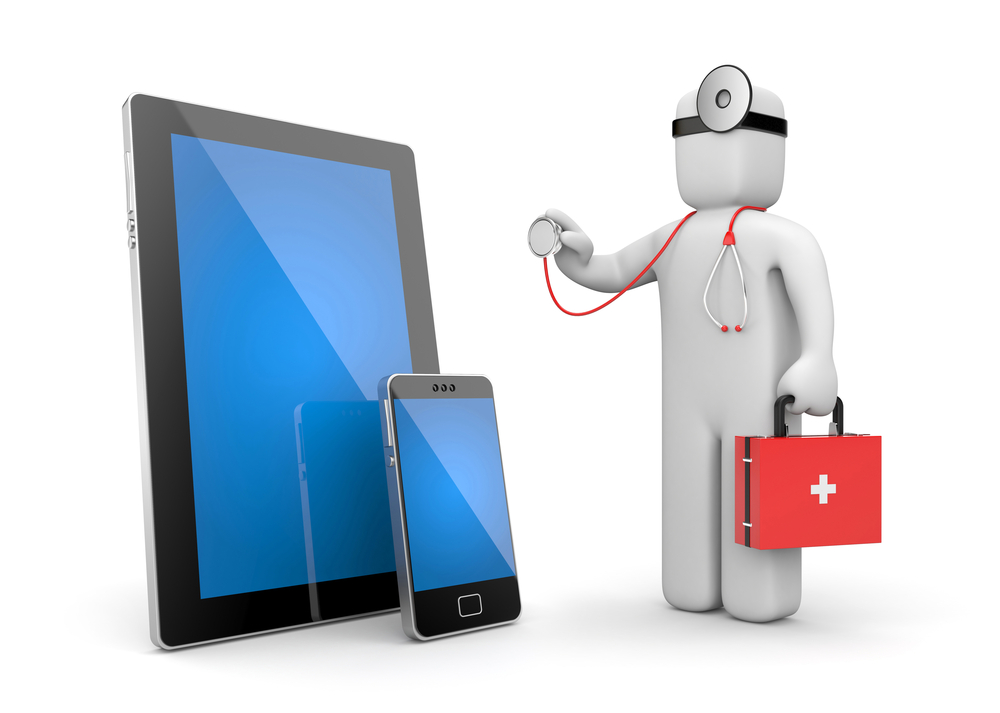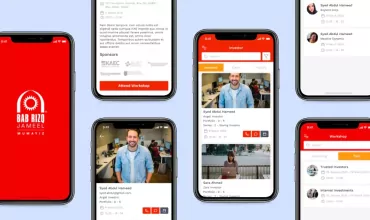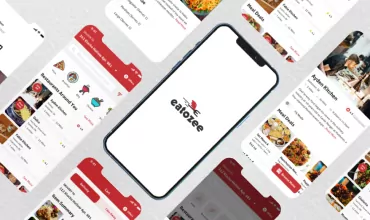Challenges in Mobile Usability & Performance Testing

Table of Contents
Mobile usability testing has acquired center stage and has emerged as a hot research topic. The explosive growth of mobile devices has compelled businesses to develop websites compatible with different mobile devices. Getting websites optimized for desktops, no longer ensures a competitive edge. Businesses are largely driven by consumer demands and people now expect businesses to provide information within their mobiles and tablets.

However, converting a mobile website or application, is not just shrinking the screen display. It confronts developers and designers with many challenges. Different display and size parameters of devices, calls for robust methodologies, and testing environment to attain uniformity.
Research and surveys have shown that users reject applications and websites those are difficult to access on the mobile device. Thus, websites those are cumbersome won’t survive in the market.
Several unique features of mobile devices such as limited bandwidth, changing context and unreliability of wireless networks have given rise to following challenges in usability testing of mobile applications
Small screen size
With continuous proliferation of mobile devices with different screen sizes results in causing physical constraints. Small screen size significantly affects the usability of mobile applications. Users accessing applications on a mobile device may quickly discard the application if they find it non-responsive. Direct presentation of WWW pages on different screens can be unpleasant, un-navigable and unworthy of user access.
Diverse display resolutions
The display capabilities of mobile devices is less than what we normally have on desktops (Normally the display is 640*480 pixels or below). Low resolution hampers the multimedia content presented on the screen of mobile device. Different device and display resolution of mobile devices results in different usability results.
Limited processing capabilities and power
Mobile devices over the years have undergone a major transformation from screen resolution to memory and enhanced UI’s. However, mobile devices still lack computational power and memory storage in comparison to desktops. The applications developed these days especially games require a large amount of memory to support graphics for fast processing. Applications such as 3D city maps for PDAs may not be practical for mobile devices. In order to make such applications compatible across different mobile devices, developers may have to disable some functions (e.g., cutting down on high resolution image and changing dynamic frame movements to static)
Connectivity
The power of mobile device to provide anytime information is largely driven by internet connections. Although we carry out day-to-day activities using mobile devices still, unreliable wireless network and low bandwidth hinders the smooth functioning of mobile applications. This affects data downloading time while working or watching videos. In addition, the strength of connectivity and data transfer varies based on time and location. Therefore, this gives rise to connectivity as a challenge while considering mobile usability testing.
Data Entry methods
Mobile devices with a small screen cause data input challenges. Providing inputs on small devices require a certain level of proficiency. Small labels and buttons limits user efficiency and effectiveness while entering the data. This hampers the input speed and also increases chances of errors. Using different data entry methods may hinder results of usability study. In addition, data entry by the user in different positions (while walking, sitting or holding a device) may further worsen the problem of data entry.
These are some of the visible challenges of mobile usability testing. However, these are not the only concerns; the emerging mobile applications with multi-modality combining voice and touch are also a challenge. Blending multiple access challenges provides new avenues for user interaction, but it poses dramatic challenges to usability testing.
The above discussed problems emerging due to restrictions of mobile devices and wireless networks implies that testing mobile usability plays a key role while designing and conducting studies. These issues must be carefully considered and worked to select the appropriate methodology and minimize the effects. Mobile usability testing is critical for applications and websites on tablets and mobile to ensure that it helps rather than annoy and hinder customers.



